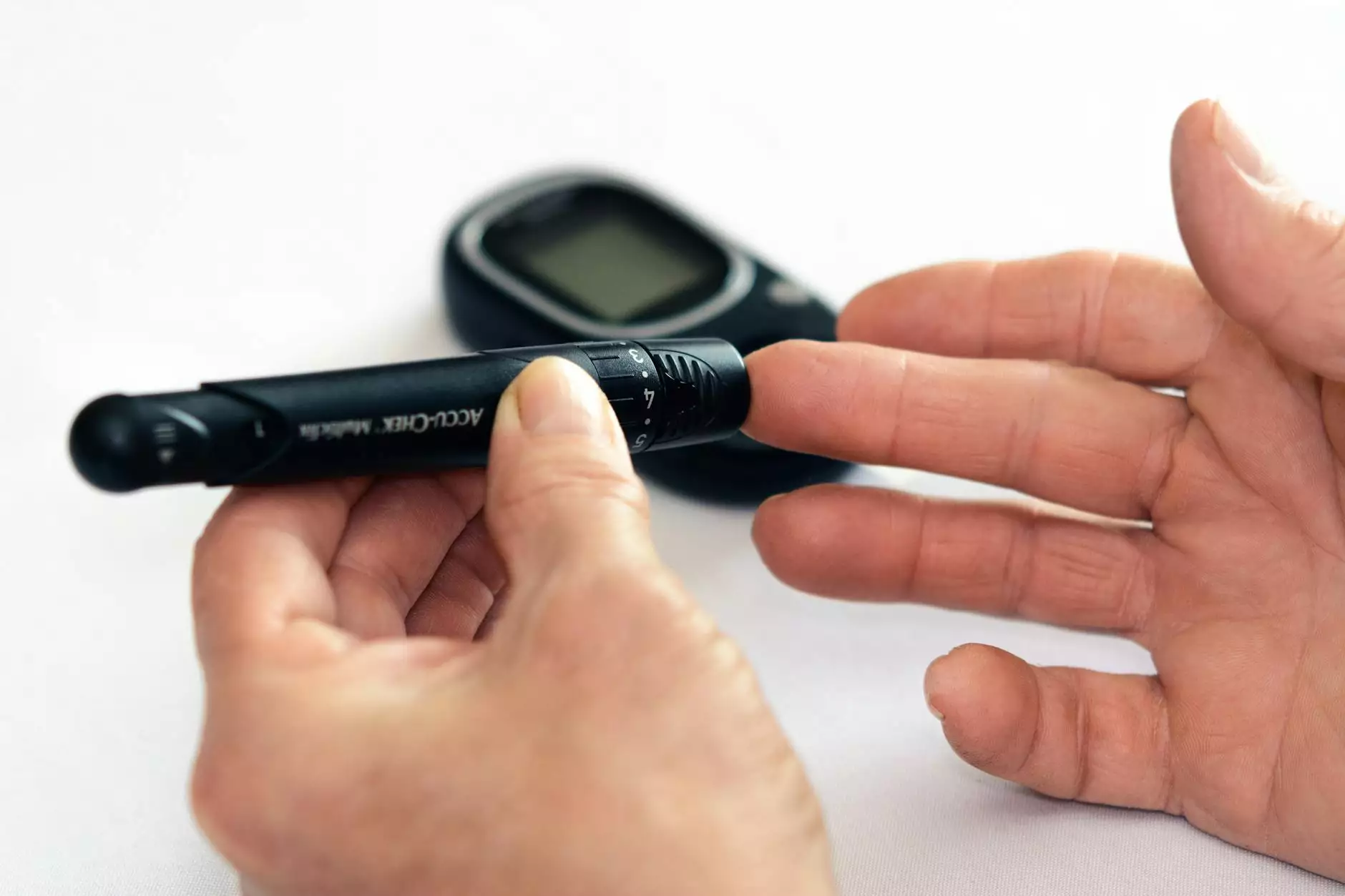What should I do in an emergency?
Health
Emergencies can happen unexpectedly, leaving many individuals unsure of what steps to take in these situations. In the health sector, it is essential to have a clear understanding of how to handle emergencies effectively. This comprehensive guide, provided by Kelley Tim PA-C, aims to equip you with the knowledge and resources needed to handle emergencies with confidence.
Understanding the importance of quick response
In any emergency situation, time is of the essence. Understanding the importance of a swift and efficient response can make a significant difference in saving lives and minimizing potential harm. Being prepared and staying calm are key factors in managing emergency situations effectively.
Assessing the situation
When faced with an emergency, it is crucial to assess the situation quickly and accurately. Understanding the severity of the situation will help you determine the appropriate course of action. Here are some key steps to follow:
- Stay calm: While emergencies can be overwhelming, it is important to stay calm and focused. Panicking can hinder your ability to think clearly and take appropriate actions.
- Ensure safety: Assess the immediate surroundings for any potential hazards. Safety should be your top priority in an emergency situation.
- Call for help: Dial emergency services or contact the appropriate healthcare professionals. Provide clear and concise information about the situation and your location.
Providing first aid
In many emergencies, providing immediate first aid can help stabilize the situation and prevent further harm. The following are examples of common emergencies and the corresponding first aid measures:
Heart Attack
If someone is experiencing symptoms of a heart attack, quick action is crucial. Follow these steps:
- Call emergency services: Dial your local emergency number immediately.
- Assist with medications: If the individual has been prescribed medication for a heart condition, help them take it as instructed.
- Perform CPR: If the person is unresponsive and not breathing, perform cardiopulmonary resuscitation (CPR) until help arrives.
Choking
If someone is choking, knowing what to do can be lifesaving. Follow these steps:
- Encourage coughing: Encourage the person to cough forcefully, as this may dislodge the object causing choking.
- Perform the Heimlich maneuver: If the person cannot cough or breathe, perform the Heimlich maneuver by applying inward and upward pressure on the abdomen.
- Seek medical assistance: If the choking persists or the person becomes unconscious, call emergency services immediately.
Preparing for emergencies
While it is impossible to predict emergencies, taking proactive steps to prepare for them can make a significant difference in the outcome. Here are some essential tips for emergency preparedness:
- Learn first aid and CPR: Enroll in certified first aid and CPR courses to gain the necessary skills and knowledge to respond effectively in emergencies.
- Create an emergency plan: Develop a comprehensive emergency plan for your home or workplace. This plan should include evacuation routes, emergency contact lists, and designated meeting points.
- Assemble an emergency kit: Prepare an emergency kit with essential supplies such as food, water, medication, a flashlight, and a battery-powered radio.
Conclusion
Emergencies are unforeseen events that can occur at any time. By understanding how to respond in these situations, you can play a vital role in ensuring the safety and well-being of yourself and others. Kelley Tim PA-C provides this comprehensive guide to equip you with the knowledge needed to handle emergencies confidently. Remember, preparation and quick response are key elements in managing emergencies effectively.









